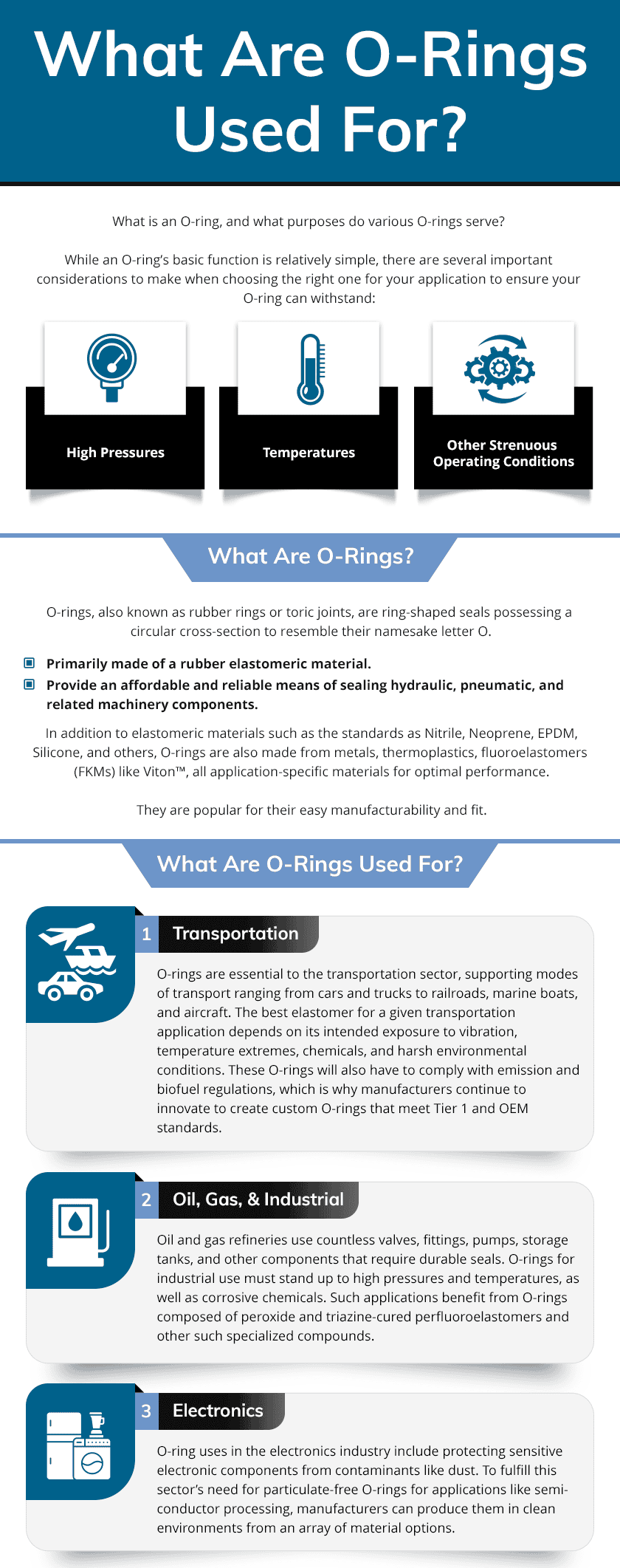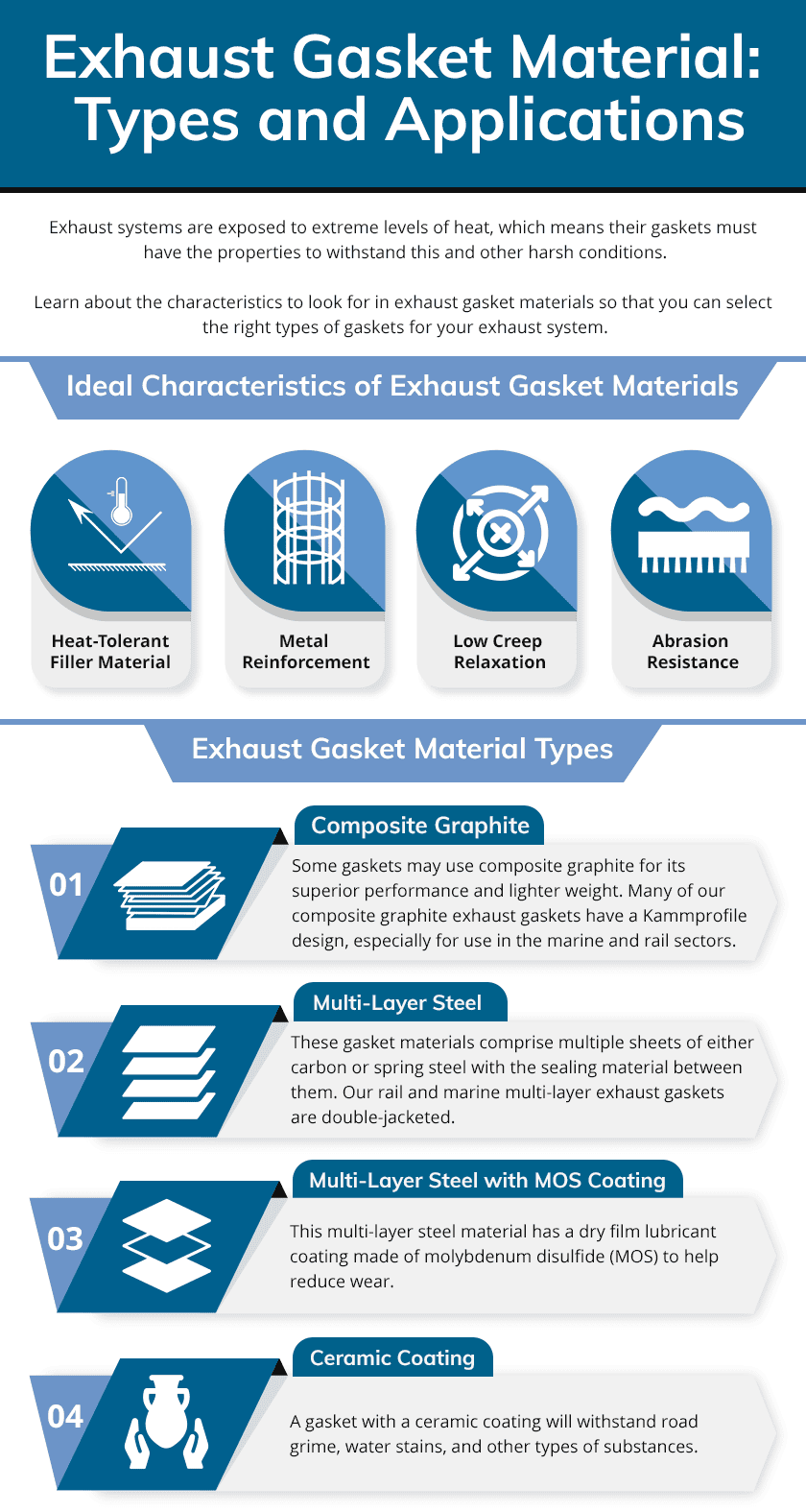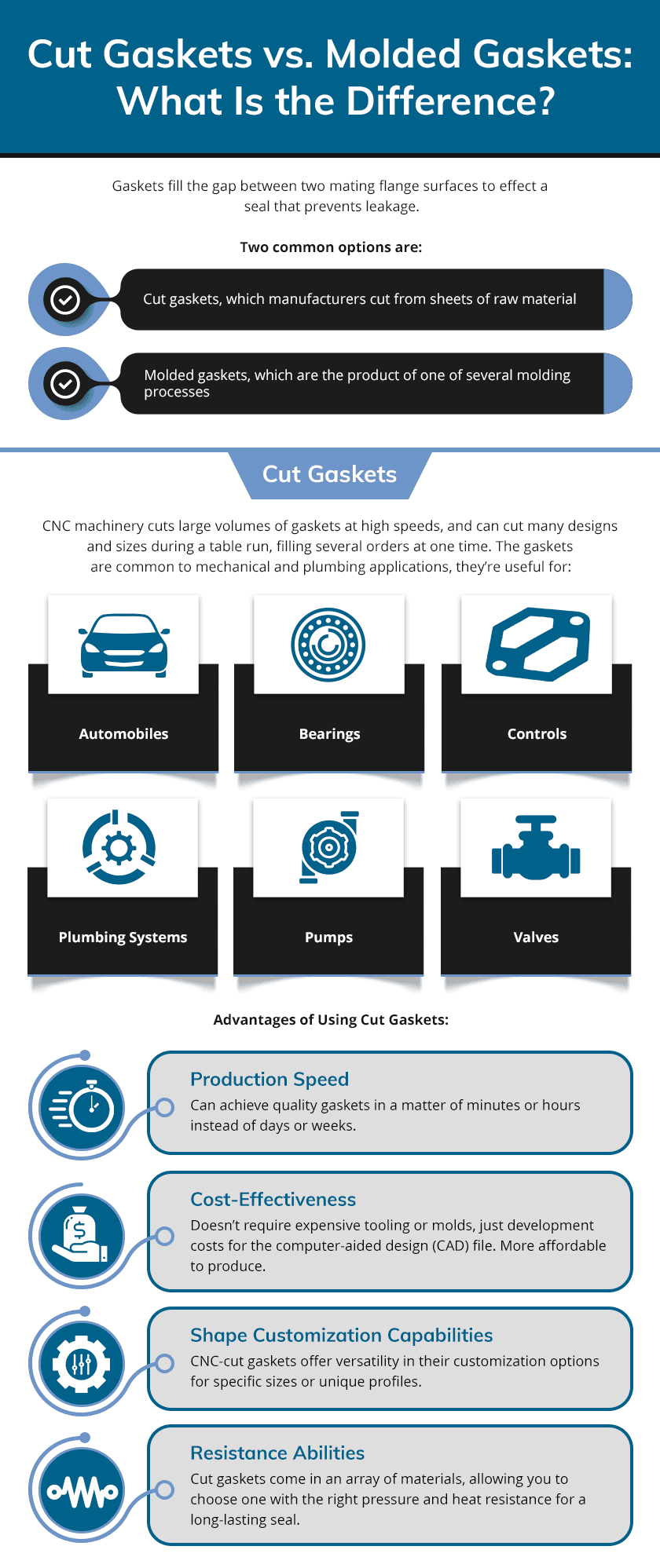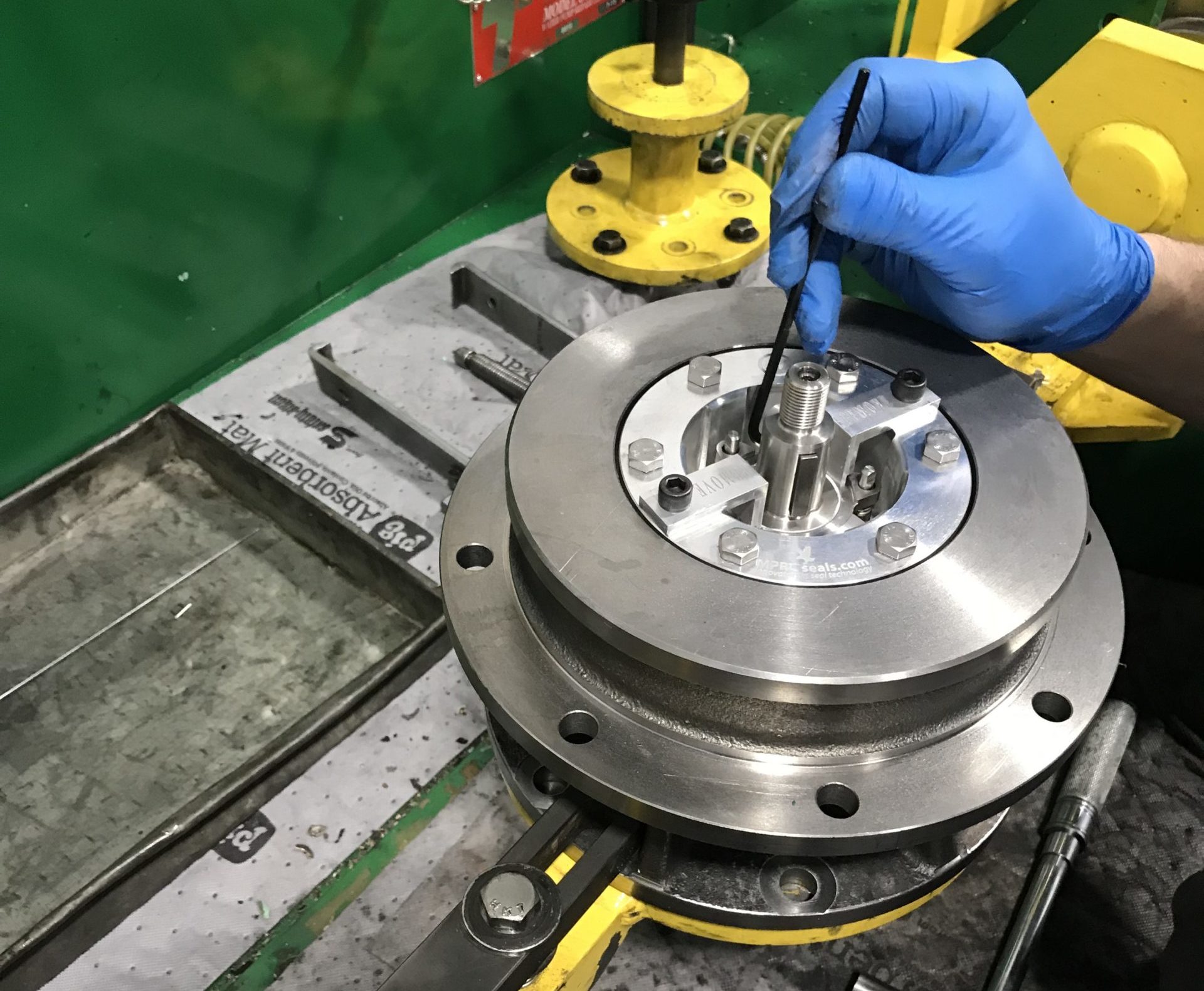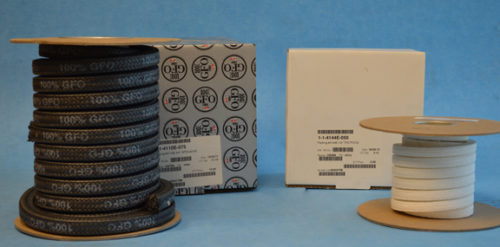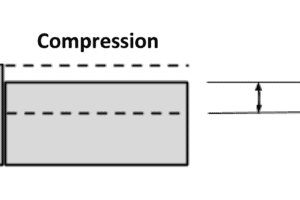Why Should You Choose Flex-Tex Expanded PTFE Instead of PTFE?
Leave a CommentExpanded polytetrafluoroethylene (ePTFE) is a type of PTFE that offers flexibility, permeability, chemical resistance, and linear strength. It has widespread applications, in everything from the medical, pharmaceutical, and dental industries to aerospace and telecommunications. While it shares some properties with conventional PTFE, its unique structure makes ePTFE a preferred material for various applications. In this blog, we will explore ePTFE, its primary properties, and the applications that depend on the material.
Flexibility
Common for tubing, cords, and sealing tapes, Flex-Tex — another name for ePTFE — offers greater flexibility compared to conventional PTFE. The synthetic fluoropolymer material has a soft, spongy feel reminiscent of a marshmallow. Its pliability is a product of its microporous structure, which consists of a high strength fibril matrix.
The ePTFE production process creates this heavily connected fibril matrix as manufacturers expand the material in controlled environments. Manufacturers can adjust the material’s flexibility to meet the needs of a specific client or application by varying the production process. Gaskets, seals, and related applications that benefit from increased flexibility utilize conformable ePTFE.
Permeability
ePTFE is also an excellent material for applications requiring high permeability. Its microporous nature makes it permeable to air, which PTFE is not, as well as other gases and water vapor. Despite this, ePTFE still maintains its resistance to particulates and liquids. Flex-Tex’s permeability makes it ideal for applications in the following:
- Ventilation
- Filtration
- Making waterproof and breathable fabrics
Like with ePTFE’s flexibility, the production process allows manufacturers to create Flex-Tex with the desired permeability for a specific application.
Chemical Resistance and High Linear Strength
As a fully fluorinated polymer like standard PTFE, Flex-Tex provides excellent resistance to various chemicals. It’s also chemically inert and non-reactive when applications expose it to most other chemicals and solvents. The material can maintain its integrity in the presence of concentrated nitric or sulfuric acids, as well as other corrosive substances.
As a fully fluorinated polymer like standard PTFE, Flex-Tex provides excellent resistance to various chemicals. It’s also chemically inert and non-reactive when applications expose it to most other chemicals and solvents. The material can maintain its integrity in the presence of concentrated nitric or sulfuric acids, as well as other corrosive substances.
ePTFE Services From Master Packing and Rubber Company
Flex-Tex or ePTFE is expanded under controlled conditions to deliver unique material properties that conventional PTFE cannot. That said, it’s the requirements of your individual application that determine whether standard PTFE or ePTFE would be your best option. When selecting a material for your project, speak with an engineer or materials specialist first to help you determine the ideal choice.
At Master Packing and Rubber Company (MPRC), we’ve been delivering innovative, USA-made sealing solutions for clients since 1982. Among our product line of custom cut gaskets and seals, mechanical packing solutions, chemicals, and materials, we offer versatile, high-performance Flex-Tex expanded PTFE as a reliable joint sealant, ribbon, pipe tape, and valve stem packing option. With an adhesive backing, Flex-Tex can help you handle your maintenance and emergency needs in industrial equipment.
This FDA-compliant material of 100% pure PTFE is compatible with nearly any surface material, producing an exceptionally tight seal with simple application. As a form-in-place gasket, it’s rated for temperatures ranging between -350°F and 550°F as well as a pH of 0 to 14, and resists cold flow and creep. This long-lasting sealing solution also provides an unlimited shelf life, not experiencing deterioration over time.
At MPRC, we strive to provide real solutions to diverse problems and environments. Contact us to find out if Flex-Tex is the ideal choice for your application, or request a quote today to get started.

